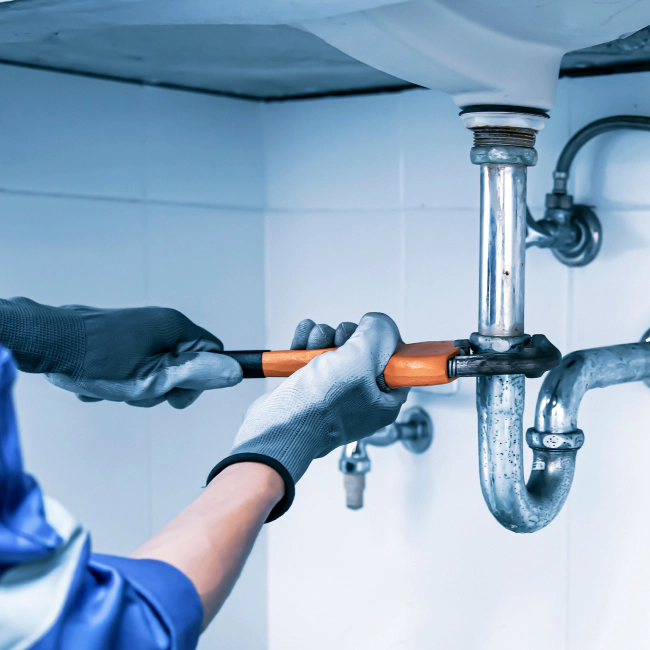CGKY News Hub
Your go-to source for the latest insights and trends.
Dripping Dilemmas: Why Your Faucet Might Be Plotting Against You
Uncover the secrets behind your dripping faucet! Discover why it might be sabotaging your peace and how to fix it. Don't let leaks win!
5 Common Causes of a Dripping Faucet and How to Fix Them
A dripping faucet can be a frustrating and wasteful problem that many homeowners encounter. Several common causes contribute to this issue, with the most frequent being worn-out washers, O-rings, or seals. Over time, these components can deteriorate due to prolonged exposure to water and pressure. Another culprit could be a corroded valve seat, which can lead to leaks and further exacerbate the dripping. It’s essential to identify the source of the leak promptly, as leaving a faucet dripping can significantly increase your water bill and impact the environment.
To fix a dripping faucet, start by turning off the water supply to prevent any further leaks. Next, disassemble the faucet carefully using a wrench or other suitable tools. Inspect the washers, O-rings, and seals for any signs of wear and replace them if needed. If the valve seat is corroded, you may need to use a seat wrench to remove and replace it as well. After making the necessary replacements, reassemble the faucet and turn the water supply back on to check for leaks. Following these steps will not only help you eliminate the annoying drip but also ensure your faucet operates efficiently.

Is Your Faucet Trying to Communicate? Signs Your Faucet Needs Attention
When it comes to home maintenance, your faucet may be trying to communicate some important messages. One of the most common signs is leaking. If you notice water pooling around the base or dripping from the spout even when it's turned off, it's time to take action. Ignoring this issue not only wastes water but can also lead to more significant plumbing problems down the line. Besides a leak, if your faucet is making strange noises, such as banging or whistling, it could indicate air in the pipes or a need for repair. These sounds should not be overlooked, as they could signal underlying issues within your plumbing system.
Another crucial sign that your faucet needs attention is a change in water pressure. If you suddenly experience a weak flow or inconsistent pressure, it might be due to sediment buildup or a malfunctioning aerator. Cleaning or replacing the aerator can often restore function. Additionally, if you detect an unusual odor or strange color in the water coming from your faucet, this can indicate serious plumbing issues that require immediate attention. Recognizing these signs and acting promptly can save you from larger headaches in the future and ensure your plumbing remains in good working order.
Drip, Drip, Drama: The Environmental Impact of a Leaky Faucet
When we think about water conservation, a leaky faucet might not be at the forefront of our minds. However, this seemingly minor issue can have a profound environmental impact. A faucet that drips just once per second can waste over 3,000 gallons of water in a year, which is enough to fill a swimming pool! This constant loss of water not only strains our precious resources but also increases the energy required to treat and distribute that water. The result? Higher carbon emissions and a greater toll on our environment.
Beyond waste, a leaky faucet can lead to other significant environmental concerns. Continuous dripping can cause damage to household plumbing, leading to further leaks and larger-scale water loss. Moreover, this moisture can create ideal conditions for mold growth, which poses health risks and requires energy-intensive remediation processes. Addressing a simple drip can prevent cascading problems, proving that taking care of our water systems is crucial for a sustainable future.